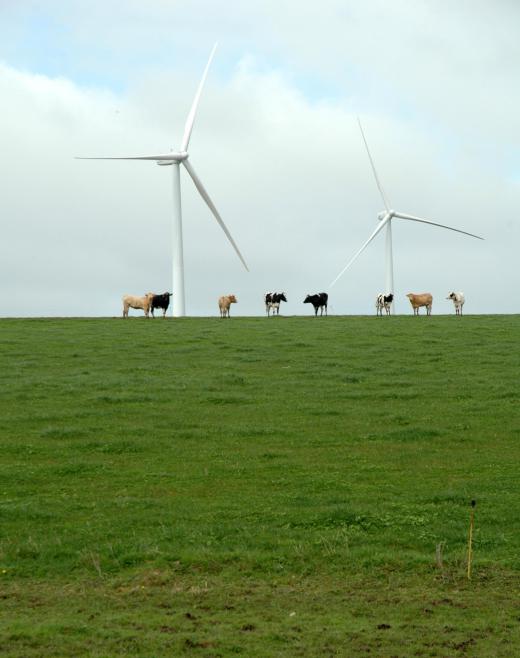An electrical substation is a type of installation that is found in most power grids. Each electrical substation can perform a number of different functions, such as stepping the transmission voltage up or down. The three main types of substations each deal with a particular facet of the grid, such as transmission over great distances, distribution to homes and businesses, and collection from distributed systems such as wind farms. Electrical substations are often large above ground installations with highly visible equipment and a grounded fence, though they can also be below ground or contained inside buildings.
In the early days of electricity generation and distribution, each local system was typically closed off from the others. These systems tended to have one or more power plants that had several substations to assist in the distribution of power. Today the power grid tends to be a much less centralized system, though transmission and distribution facilities are still commonly referred to as substations. These substations are responsible for adjusting voltages, distributing or collecting power lines, and providing a way to isolate parts of the grid for diagnostic or repair purposes.

The simplest type of electrical substation is typically involved in the transmission of electricity over long distances. These transmission substations often consist of only high-voltage switches if the lines they connect use the same level of voltage. In other cases, the transmission substation includes transformers. An electrical substation near a power plant will typically have step-up transformers to increase the voltage and decrease the current, which is a more efficient way to transmit power over long distances. More transmission substations are often located along long routes to provide isolation in the case of faults.
Distribution substations are often found near cities and towns. This type of electrical substation typically includes a number of step-down transformers to reduce the transmission voltage and split it out amongst different feeder lines. These are often among the largest and most complex substations, since they usually have a number of high tension lines coming in and even more going out.
Certain types of power generation also use a type of electrical substation known as a collector. These facilities are somewhat the reverse of distribution substations, since they gather a number of lower voltage power supplies into one or more high voltage outputs. Wind farms are one type of power generation facility that can involve a great number of generators spread out over a large area. A collector substation is typically capable of gathering these output lines together and delivering the electricity into the grid.
